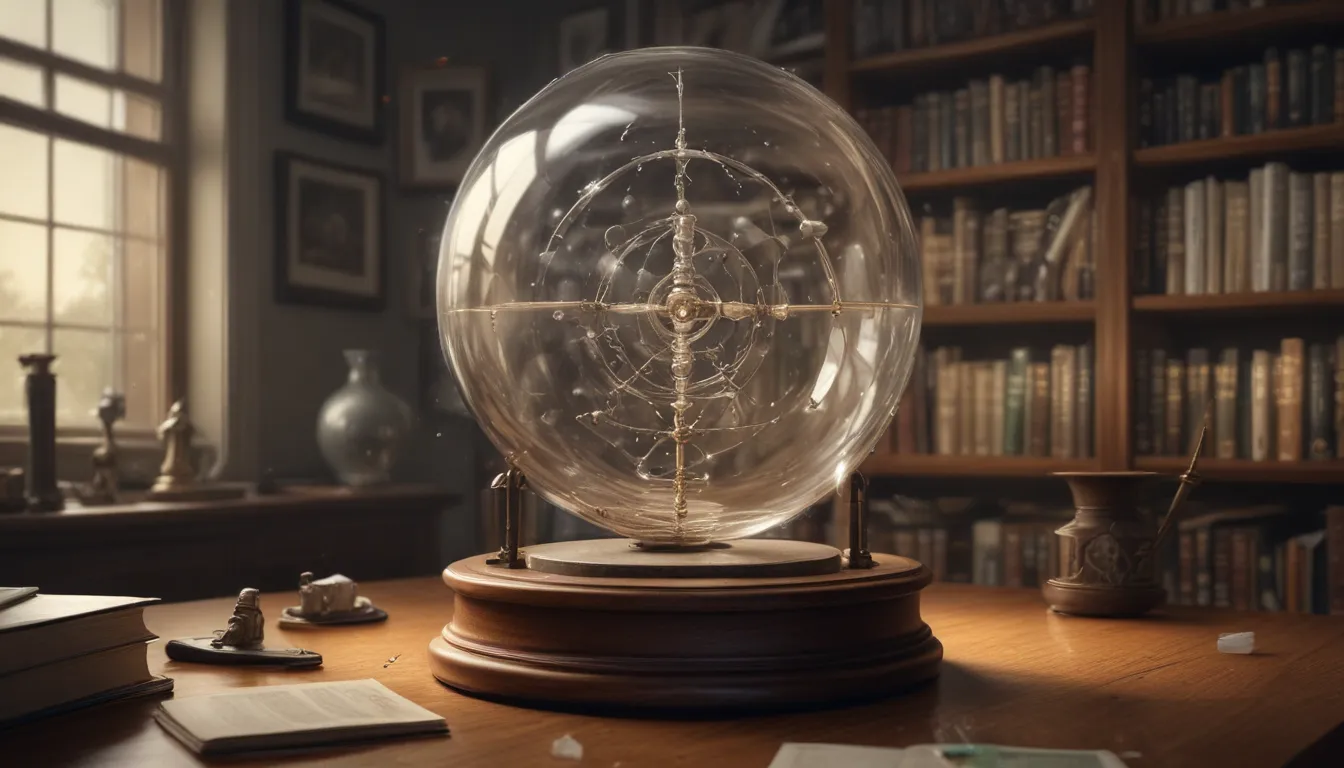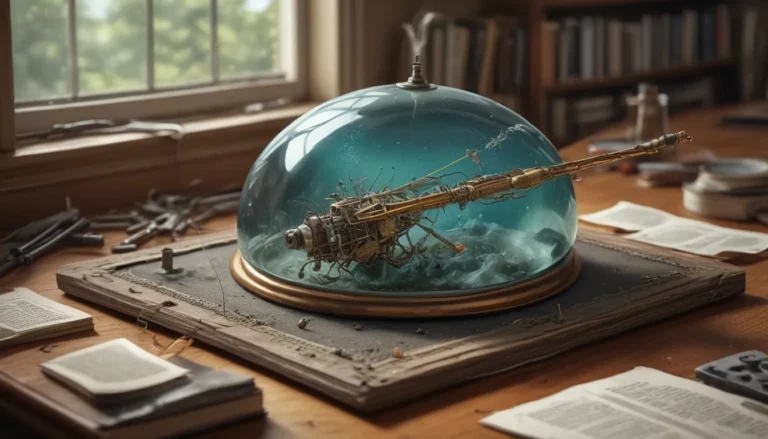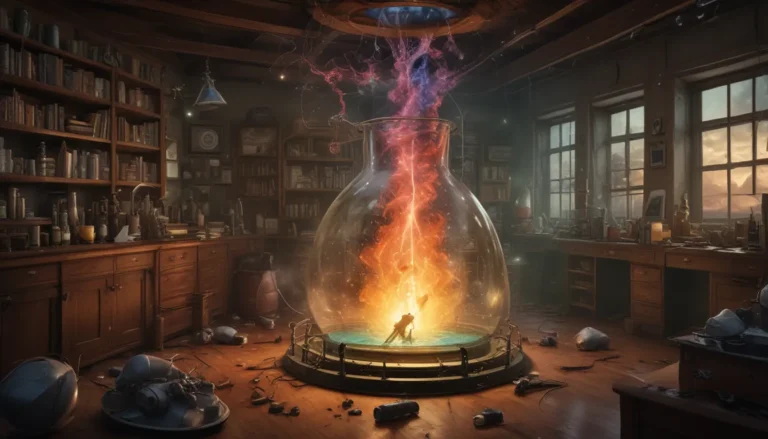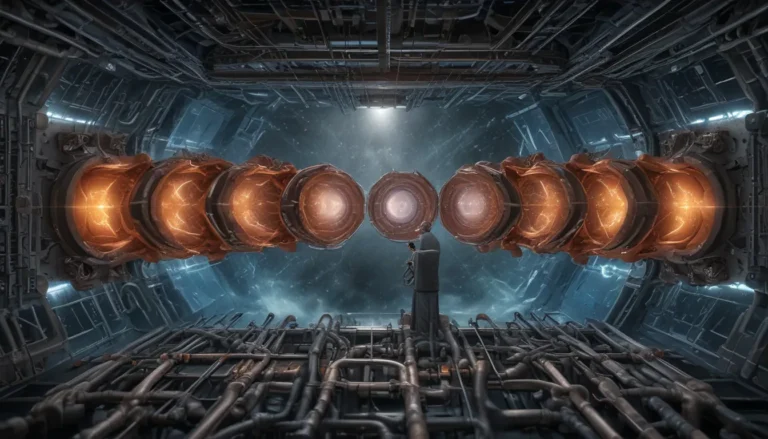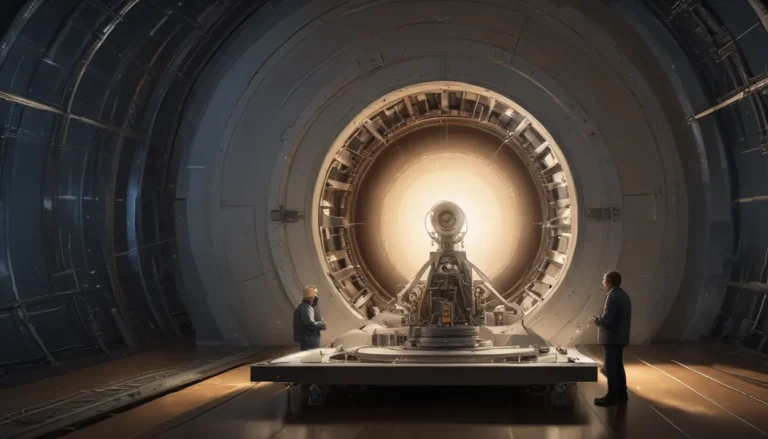A Note About Images: The images used in our articles are for illustration purposes only and may not exactly match the content. They are meant to engage readers, but the text should be relied upon for accurate information.
The Law of Conservation of Momentum is like a hidden treasure in the vast realm of physics, revealing the mysteries behind the behavior of objects in motion. This fundamental principle has shaped the way we understand the physical world, from classical mechanics to modern quantum physics. In this article, we will embark on a journey to uncover 17 intriguing facts about the Law of Conservation of Momentum. So, fasten your seatbelts and get ready to explore the captivating world of momentum!
Understanding Momentum: A Vector Quantity
Momentum is not just a simple measurement of speed; it is a vector quantity that takes into account both the mass and velocity of an object. This means that momentum has both magnitude and direction, making it a crucial parameter in describing motion.
Versatility of the Law: All Forms of Momentum
The Law of Conservation of Momentum applies to various forms of momentum, including linear momentum, angular momentum, and recoil momentum. No matter the type of momentum involved, this fundamental law holds true.
Newton’s Third Law Connection
Newton’s Third Law of Motion, which states that for every action, there is an equal and opposite reaction, is closely related to the Law of Conservation of Momentum. This connection ensures that momentum is conserved in every interaction, emphasizing the interplay between forces and motion.
Invariance: A Constant Quantity
Momentum is an invariant quantity, meaning that it remains constant regardless of the reference frame from which it is observed. This unchanging nature of momentum is a key aspect of the law, highlighting its universal applicability.
Elastic vs. Inelastic Collisions
In elastic collisions, where objects bounce off each other, both momentum and kinetic energy are conserved. On the other hand, in inelastic collisions, where objects stick together after colliding, some kinetic energy is lost while momentum is still conserved. These distinctions are essential in understanding the dynamics of collisions.
Exploring Explosions and Rocket Propulsion
Despite the chaotic nature of explosions, the Law of Conservation of Momentum dictates that the total momentum of the system remains constant. This principle is also crucial in rocket propulsion, where the expulsion of propellant propels the rocket forward through conservation of momentum.
Everyday Applications: From Sports to Engineering
The Law of Conservation of Momentum is not just a concept confined to physics textbooks; it is evident in various real-world applications. From sports activities like billiards to the design of vehicles and machines by engineers, momentum conservation plays a vital role in understanding and predicting motion.
Astronomical Insights:
From the orbits of planets to the interactions between galaxies, conservation of momentum is pivotal in unraveling the mysteries of celestial motion. By applying this fundamental law, scientists can decipher the intricate dance of celestial bodies across the vast expanse of the universe.
Center of Mass and Fluid Dynamics
The concept of center of mass ties into the conservation of momentum, as the center of mass of a system of particles remains at rest or in uniform motion unless acted upon by external forces. Additionally, the Law of Conservation of Momentum extends to fluid dynamics, aiding in the analysis of fluid behavior and forces exerted by moving fluids.
Particle Physics and Quantum Mechanics
In the realm of particle physics and quantum mechanics, the conservation of momentum is a cornerstone principle that governs the interactions between subatomic particles. From collisions in particle accelerators to the behavior of electrons and atoms, momentum conservation underpins our understanding of the microscopic world.
Educational and Practical Significance
Engineers and designers rely on the Law of Conservation of Momentum to comprehend the movement and behavior of various systems, from designing efficient transportation systems to improving safety measures in industries. This practical application underscores the importance of momentum conservation in real-world scenarios.
Embracing the Power of Momentum Conservation
Understanding the Law of Conservation of Momentum is not just about grasping a scientific concept; it is about unraveling the fundamental principles that govern the motion and interactions of objects. By delving into the intricacies of momentum conservation, we can gain a deeper appreciation for the beauty and complexity of the physical world around us.
Conclusion: Unveiling the Mysteries of Momentum
In conclusion, the Law of Conservation of Momentum serves as a guiding light in our quest to understand the behavior of objects in motion. By exploring the 17 intriguing facts about momentum conservation, we have delved into a realm of physics that transcends boundaries and offers insights into the workings of the universe.
Whether you are a physics enthusiast, a student eager to learn, or simply curious about the mysteries of motion, embracing the concept of momentum conservation opens doors to a world of discovery and understanding. So, let us continue our exploration of the wonders of physics, one fact at a time, unraveling the secrets that shape our understanding of the physical world.
FAQs: Unraveling Common Questions
Q: What is the Law of Conservation of Momentum?
A: The Law of Conservation of Momentum states that the total momentum of an isolated system remains constant if no external forces act upon it.
Q: How is momentum defined?
A: Momentum, symbolized by the letter ‘p’, is the product of an object’s mass and its velocity.
Q: Where can we see examples of momentum conservation in everyday life?
A: Momentum conservation can be observed in activities like billiards, diving, or rocket launches, showcasing the universal applicability of this fundamental law.
Q: Can the law of conservation of momentum be violated?
A: In isolated systems, the law of conservation of momentum remains unbroken. However, external forces can alter the momentum of objects, affecting its preservation.
Exploring the Marvels of Physics Together
As we navigate the intricate world of physics, each fact we uncover unveils a new layer of understanding and appreciation for the laws that govern our universe. Let us continue this journey of exploration and discovery, embracing the wonders of momentum conservation and its profound impact on the physical world. Together, we can unravel the mysteries of motion and delve deeper into the realm of physics, one awe-inspiring fact at a time. Join us on this adventure of knowledge and discovery, where the marvels of physics await to be explored and understood in all their beauty and complexity.
